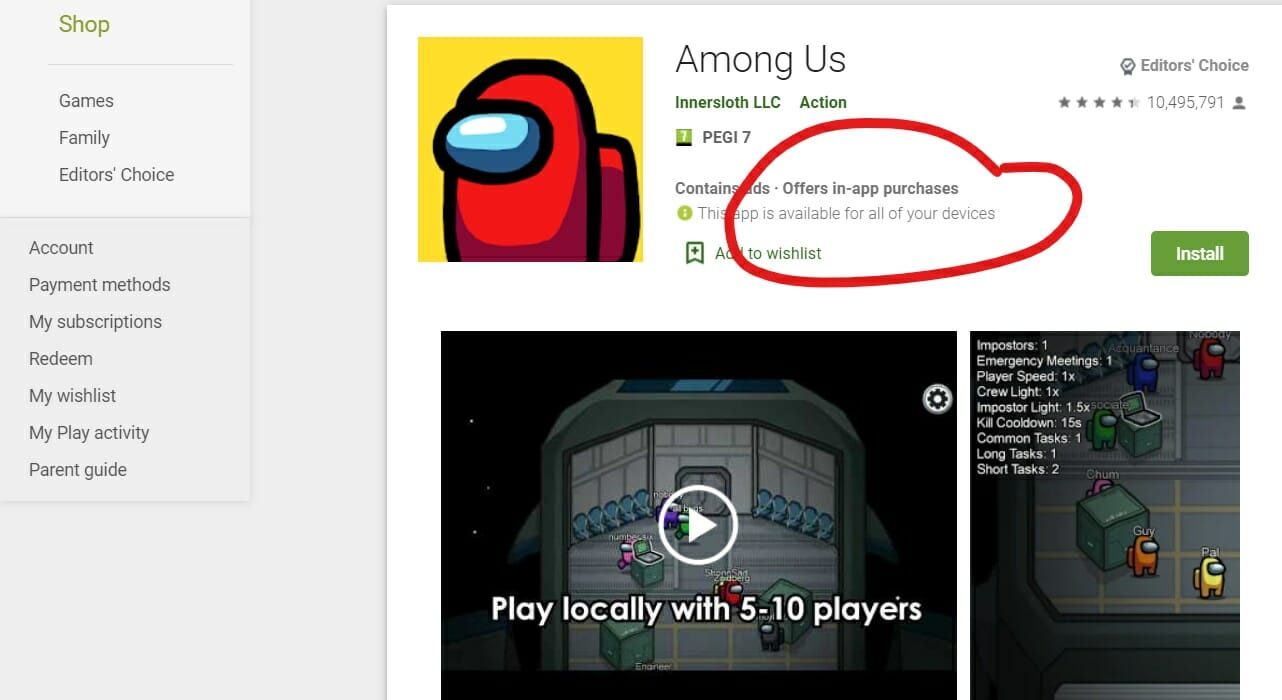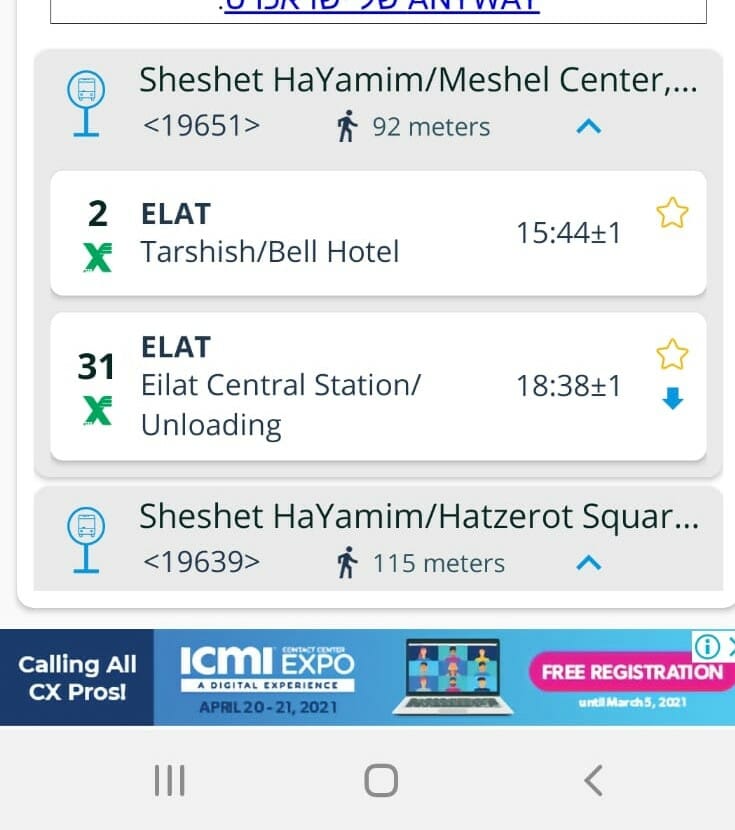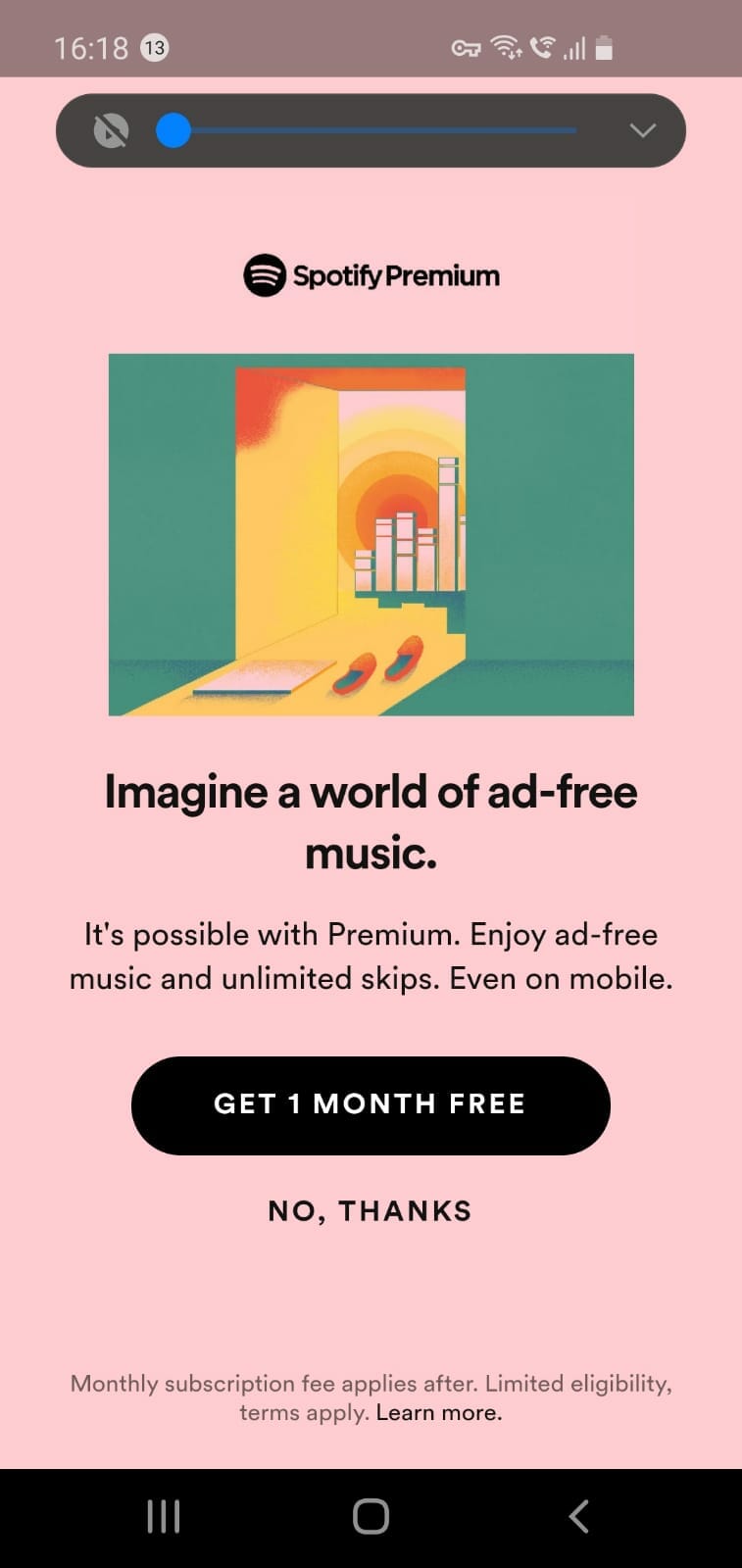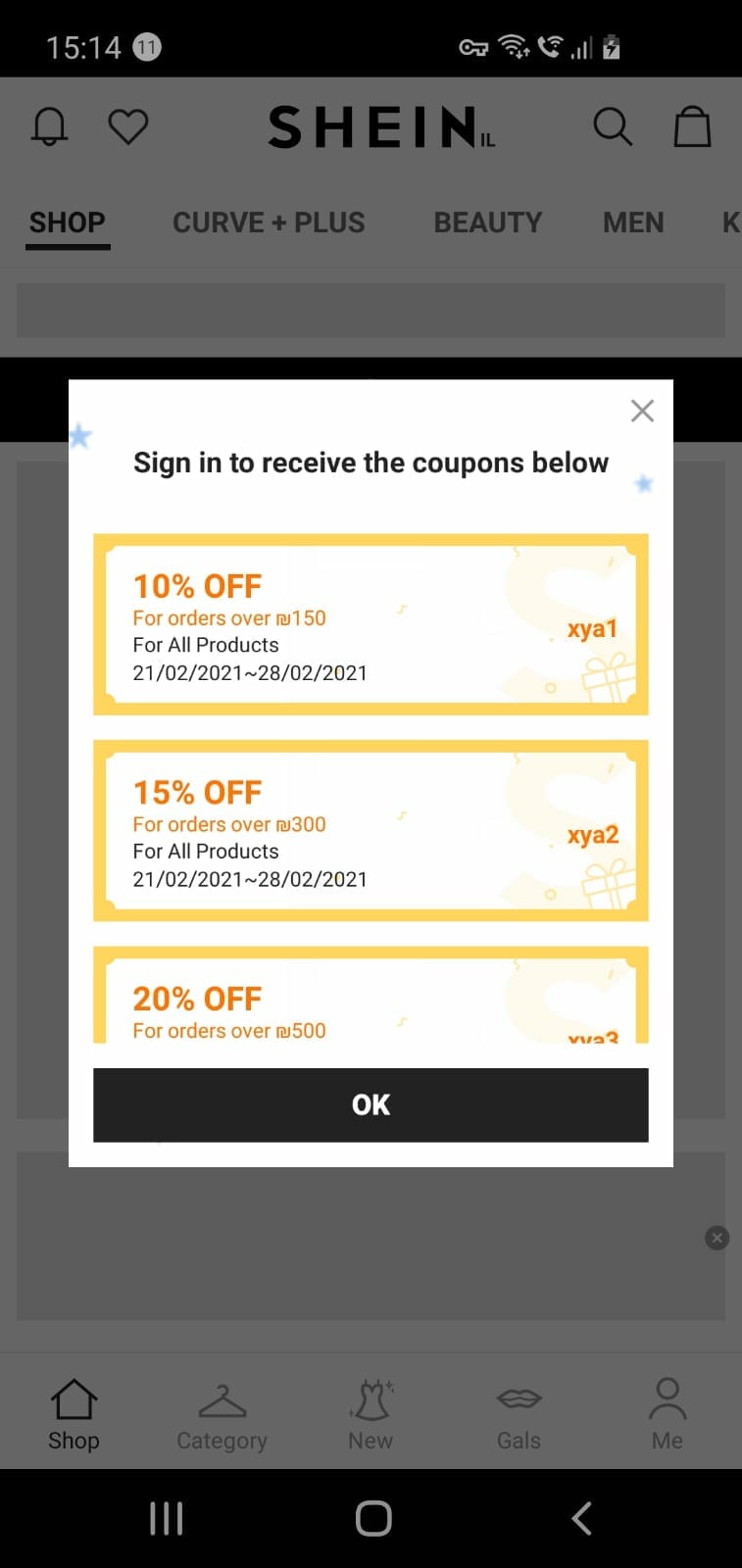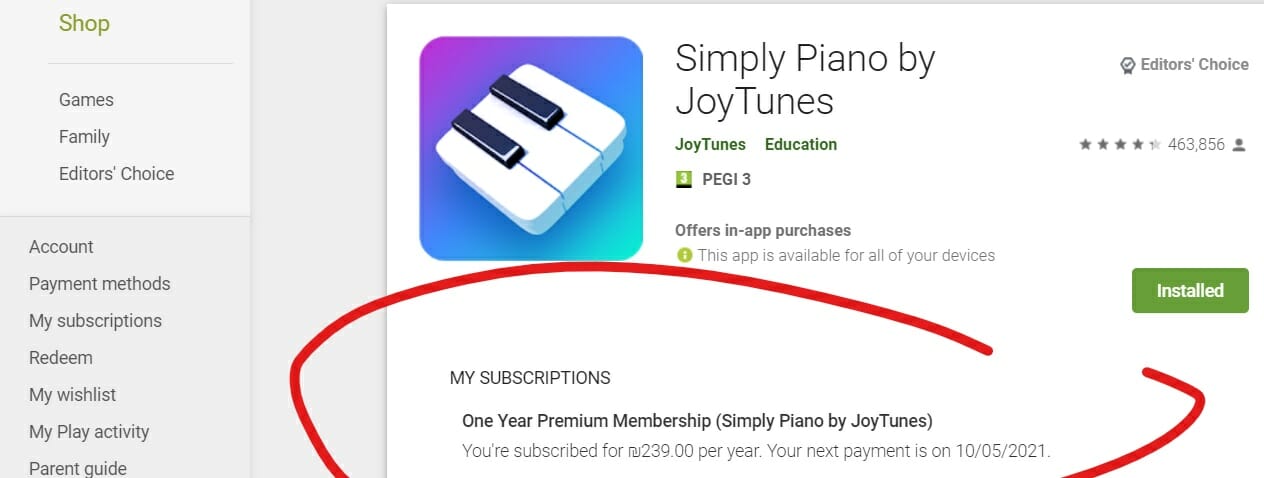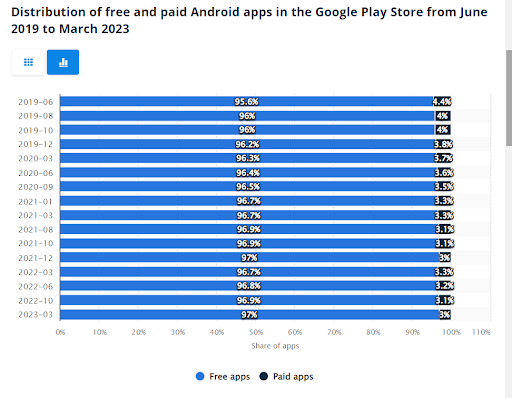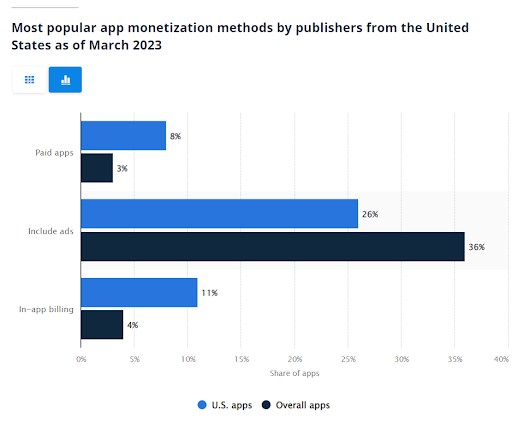
YouTube Monetization: How to Make Money on YouTube in 2025?
Would you like to make a passive income from your YouTube channel? The YouTube monetization program can be a good option, but it is not the only one. In this CodeFuel guide: What is YouTube Monetization and How Does it Work?- 10 Ways to Monetize your YouTube Channel we will walk you through the basics of YouTube monetization and the steps you should take to profit from your channel.
In this post
This post is brought to you as a courtesy from our team. At CodeFuel we focus on helping businesses grow by monetizing digital properties like websites, apps, extensions, and more.
Learn more here. To continue learning about YouTube monetization, read on.
What is monetization?
The term monetization is the process of earning income from an asset or business. For example, from selling ad space on a website or online content. It is the process of transforming a non-revenue-generating asset into cash. In digital marketing, monetization looks into new sources of income, such as inserting ads inside of social media videos or before and after video content.
YouTube Monetization Statistics
There are 2 billion users on YouTube, watching 1 billion hours of videos every day, (YouTube, 2019).
Many YouTube creators are trying to make money from their YouTube channels. And with 90% of users discovering new brands of products on YouTube, making money from your account is almost a no-brainer.
Many companies are taking advantage of the large audience, which shows in the high numbers of global advertising revenues. According to Statista: YouTube advertising revenues amounted to $19.77 billion in 2020, an increase from $15.5 billion in 2019.
What does monetize mean on Youtube: YouTube Monetization Definition
The monetization of your YouTube channel refers to the capability to generate income from your video content. “Monetize” means to earn a profit from your YouTube clips.
YouTube has its own monetization program for creators, which is called the YouTube Partner program.
Who Can Join YouTube Partner Program?
Not everybody can monetize their YouTube video content. To monetize your YouTube account, you need to be a verified YouTube partner.
To be accepted into the program, you need:
- a minimum of 1000 subscribers to your channel.
- In addition, your videos should’ve been watched for 4000 hours over the past 12 months.
How Does YouTube Monetization Work?
For your channel to be able to monetize your content, first you need to join the YouTube partner program.
How to Join the Youtube Partner Program
The partner program is the most common way people can earn money from their YouTube channel. To apply, you need to meet some requirements.
What do you need to join?
- Follow the YouTube channel monetization policies described below.
- Live in a region where the YPP is available
- Have no Community guidelines violations on your channel
- Turn 2-step verification for your Google Account
- Have an active AdSense account linked to your channel.
To apply:
- Once you sign in to your YouTube account, click your profile picture and YouTube Studio in the top right corner.
- You will see a left-side menu. Click Earn, then Start.
- Review and accept base terms.
- Click Start to link your AdSense account or set up a new one.
YouTube Partner Program & Requirements
The above guidelines are the baseline, but you still need to meet eligibility criteria. If you still cannot become eligible, you can go to the Earn area of YouTube Studio and click on Notify me when I’m eligible. YouTube will send you an email once you’ve met the eligibility criteria.
Your channel can become eligible for YPP with Shorts or long-form videos:
Option 1: 1,000 subscribers + 4,000 vali public watch hours in the last 12 months
Option 2: 1,000 subscribers + 10M valid public Short views in the last 90 days
How to become part of the YouTube Partner Program?
There are several steps you must comply with to become a partner:
1. Before you start:
- You need over 1,000 subscribers
- 4,000 valid public watch hours over the last 12 months
- YouTube Partner Program must be available in your country
- Have a linked AdSense Account.
2. Meet With Google Guidelines
You need to comply with YouTube monetization policies:
- YouTube will review your channel to check the theme, most viewed videos, newest videos, watch time, video metadata.
- Enable 2 step verification for your account
- Follow the YouTube community guidelines: YouTube rules for content are very comprehensive and the platform constantly checks channels for compliance with the rules. I strongly suggest you learn and verify your content ticks all the requirements before applying for a YPP account. This includes the use of copyrighted material.
- Follow AdSense program policies
3. Verify Your YouTube Account with Those 3 Simple Steps
If you want to upload longer videos, go live or apply to YPP, you need to verify your account. It only takes 3 steps:
- Go to your YouTube Channel and click on Manage Videos
2. On the left side menu, select Settings /Channel/ Feature eligibility
3. Select Verify Phone Number. Then Select: Text me the verification code.
- You will get a code to verify your phone number.
- Click on the code and that’s it.
4. Sign to YPP terms
If you meet the requirements, you can sign up for the program. Follow these steps:
- Sign in to your YouTube account
- Click on your profile / YouTube Studio
- In the left menu, select Monetization
- If you meet the requirements => click Start on the Review Partner Program terms” card.
- If you don’t meet the requirements yet => click on Notify me when I’m eligible.
Connect Your Adsense Account
You will need to connect an AdSense Account to get paid. If you have one, use the one that is already approved. If you don’t, create one.
What happens if I’m rejected from YPP?
You can re-apply 30 days after the rejection.
What will YouTube check when reviewing your account?
Besides the abovementioned requirements, YouTube will verify the following in your channel before approving your account.
- The main theme
- Which videos are the most viewed
- The newest videos
- Which videos have the biggest proportion of watch time
- Video metadata such as titles, thumbnails, and descriptions.
What mistakes to avoid on YouTube?
Novice content creators can sometimes make copyrighting and monetization mistakes that cost them their membership in the program. You must comply with YouTube’s copyright rules at all times and with all your videos.
You can only upload videos that you made or are authorized to use. This includes music or audio tracks and videos created by others.
What happens if you violate the rules?
- You’ll get suspended from the YouTube Partner Program
- Your account can be terminated
- Ads will no longer appear on your videos.
You’ll be informed beforehand if you violate any of the policies.
Youtube Monetization Requirements, Rules & Policies
To be accepted in the YouTube Partner program, there are five different types of policies you need to comply with:
1. YouTube Community Guidelines: These are the things prohibited in YouTube
- Spam, impersonation, and deceptive practices
- Sensitive content, adult content, content that violates the child safety policy., self-harm, vulgar language.
- Violent or dangerous content
- Regulated goods
- Misinformation
2. AdSense program policies: Things not allowed in to monetize properties through AdSense
- Repetitive content
- Reused content.
3. Comply with the quality principles for kids and family content: What does YouTube consider low-quality for a channel made for kids?
- Encouraging negative behaviors or attitudes
- Heavy commercial or promotion
- Deceptively educational
- Incomprehensible
- Misleading
Besides, YouTube expects creators to be accountable and responsible with the content, and to have integrity and not misrepresent themselves.
Can you really make money on YouTube?
The short answer is yes, you can. Youtube can now monetize smaller creators, so it is a good opportunity for anyone with relevant video content to monetize it through YouTube. There are several ways you can make an income on YouTube. Is it easy? No, but it is doable.
You can earn money from Watch Page ads, and Shorts Feed ads. You can charge for channel memberships. If using AdSense, on average YouTubers make between $3 and $5 per 1000 video views.
For channels with a lot of traffic, it is not uncommon to reach more than $200,000 a month from AdSense.
Let’s check some statistics:
- 74% of adults in the U.S. use YouTube
- The number of U.S. YouTube viewers can reach $221 million in 2024, from $214.9 million in 2020.
- YouTube is the most-used digital video platform in the U.S. with 94.5% of Over the Top viewers. More than Netflix.
- 72% of people use YouTube to exercise.
- 70% of viewers bought from a brand after seeing it in a YouTube ad.
- Intent-Targeted YouTube Ads have a 100% increase in intent that those targeted by demographics.
Video display ads stats (updated to 2021)
- According to Forbes, video advertising will continue to grow in the next few years, expecting to reach as high as $12.66 billion by 2024, from $10.18 billion in 2019.
- Mobile will account for 73% of video ad spending.
- Video ads were the top way consumers discovered a brand.
- 96% of marketers have spent budget in ads on video.
How Much Money Can You Make On Youtube?
The truth is, it depends. According to Mint, the average YouTuber makes between $0.01 and $0.03 per ad view. That means about $18 per 1000 ad views. This may reach about $5 per 1,000 video views for top YouTubers. A YouTube video with a million views can make about $5000.
This depends on several factors:
- How many views your video receives
- How many clicks your ads receive
- The length of the video
5 Ways to Earn Revenue
The most popular way to make money in YouTube is by monetizing the video views and by displaying ads before and after videos. Here are other ways you can make money from your YouTube content, here are:
How Does YouTube Monetization Work?
YouTube offers different monetization options for users that are part of the YouTube Partner Program.
1. AdRevenue
The YouTube monetization program is very simple.
Companies in the Google Adsense Network create ads that are placed at any moment in the video. Each time a viewer watches the entire ad, you get paid. That’s it.
The ads can be placed at the start of the video (pre-roll ads). When the video you uploaded is longer than 10 minutes, you can also enable ads during the video (mid-roll ads).
You get ad revenue from ads placed on your channel (display, overlay, and video ads)
Different types of ads – according to YouTube Creators Academy
Who can apply?
YouTube partners that meet the advertiser-friendly content guidelines. The guidelines consider certain content in channels as not suitable for advertising. Some of the categories that are not appropriate for ads are drug-related, firearms, adult, hateful content, controversial issues, inappropriate language, and others. Google evaluates each case and takes context into account.
2. Channel memberships
You can offer membership to your subscribers in exchange for exclusive content, badges, or custom perks.
Who can apply?
To apply for the membership monetization option, you need to have more than 30.000 subscribers.
3. Merchandise shelf
You can sell official branded merchandise presented on your watch pages. This type of monetization option is good for YouTubers with great branding. Gamers, activists, and influencers use this monetization option.
You can sell apparel, gear, backpacks, and other gear. The key? Being an established YouTuber with a strong brand can monetize the channel and increase engagement with a merch shelf.
Who can apply?
You need more than 10,000 subscribers to apply to this monetization option.
4. Super Chat – Super Stickers
Your channel fans can have their messages highlighted in your channel chat stream, so their messages can catch attention. This is useful for YouTubers that do LiveStreams with live chat enabled. YouTubers raising money for a cause, or a specific campaign, can also benefit from this. You can learn more about how to manage super chats in this video from YouTube.
Who can apply?
YPP from a country/region where SuperChat is available.
5. YouTube Premium Revenue
YouTube lets some creators get part of a YouTube Premium subscriber’s subscription fee when they watch content. This gives a reward to content creators that produce great content. When this content attracts premium users, you can get paid by YouTube.
Who can apply?
YPP creates exceptional content that attracts premium users.
How You Can Make Money From YouTube in 2025 – The Top 8 Ways
Now that we reviewed the 5 types of monetization the YouTube partner program offers, we can explore other ways of making money from YouTube in 2025. Let’s start.
1. Find Sponsors
Who can benefit from this? Video creators
How difficult is it? Intermediate
Working with sponsorship deals can boost your earnings on YouTube. Most brands can pay very well for quality video content that can help them reach their business objectives. Getting a sponsorship requires a large subscriber base and influence. It is also important to know that some niches can have more product placements than others. Consumer products like beauty and makeup are two of the biggest categories.
What you will create is, however, sponsored content, so you need to disclose this on your YouTube channel. Review the Google ads policies before so you don’t risk problems with your account.
When working with sponsors:
- Ask for 50% upfront to protect yourself
- Focus on quality video content that helps the user
- Create unpaid reviews first to attract sponsors.
2. Affiliate Program and Review Products
Who can benefit from this? Video creators
How difficult is it? Easy
Getting a sponsorship can be kind of somewhat difficult. Luckily, you can still work with companies and earn commissions by reviewing their products for your audience. The entry requisites are often low, and you can promote the company by sharing your affiliate link in your video description. When working with affiliate marketing keep in mind:
- You need to be transparent and disclose your affiliate relationships.
- Choose programs that offer recurring commission
3. Crowdfund with Patreon
Who can benefit from this? Video creators
How difficult is it? Intermediate
If you have a good base of loyal fans, you can ask them to crowdfund your channel and help fund your new videos. You can use a platform like Patreon to allow your customers to subscribe monthly. Here is a video by YouTube Video Creators that explains how to make the most of your crowdfund with Patreon:
When funding your channel with Patreon, remember:
- Keep your content interesting
- Make the funding options clear
- Give perks and surprise your fan base once in a while.
4. Become an Influencer with Amazon
Who can benefit from this? Influencers with at least 200 followers.
How difficult is it? For experienced YouTubers
Many YouTubers are using the Amazon influencer program to maximize their YouTube presence and make money via Amazon recommendations. According to Amazon, it is designed for social media influencers with large followings and a high frequency of posts with shoppable content. Amazon looks at the YouTube content you post and its relevance for Amazon customers.
When you join the program, you can review and recommend Amazon products via an affiliate link. When a viewer clicks on the link and purchases on Amazon, you get a commission, typically 8 to 10%.
5. Make money as a Videogamer

How difficult is it? Intermediate
YouTube can be a great option to make money if you are a serious gamer. Some of the top YouTube gamers, like PewDiePie, make millions of dollars playing games. With the global gaming industry expected to reach $180 billion in revenue in 2021, it is a great opportunity for gamers to make money connecting gaming companies and their audience.
To be effective, probably you should use a combination of methods. Ads, sponsors, and merchandising.
6. Gain with YouTube Red
Who can benefit from this? Video creators with a demographic of 25+
How difficult is it? Intermediate
This new subscription service includes ad-free content and YouTube original content for $9.99 a month. Users can save videos offline and background play. How does this work for creators? You need to agree as a YouTube Partner to include your content in your subscription. Creators are paid a percentage of revenue based on several factors, such as watch time.
Is it worth it? As YouTuber TotalBiscuit said:
“ since Red started, a Red view is on average worth 20x that of a normal ad view. This calculation is based on taking the total revenue the channel has generated via Red and dividing it by the total number of Red views since Red was first launched, then multiplying that number by 1000 to find the effective CPM of Red”.
7. Offer Video Editing Services
Who can benefit from this? Video creators with video editing skills
How difficult is it? Easy
YouTube creators rely on finely edited videos to attract and engage their audiences. However, not all of them have the necessary skills. If you have a talent for video editing, consider offering video editing services to other YouTubers. You can offer your services on your channel or job boards.
8. Sell Online Courses (And Other Informational Products…)
Another way to earn money on YouTube is to sell online courses and other digital informational products. If you have knowledge that adds value to your followers, you can put together all this info into a course or training.
The range of topics is varied, fitness, marketing, even professional courses. For example, take TheCodingTrain. This channel, with 1.23M subscribers, offers coding video tutorials. They also have subscription plans that start at $4.99.
How much do sponsors pay Youtubers?
How much you can get from a sponsor will largely depend on the size of your audience, the level of engagement, your niche, and what type of sponsorship we are talking about? To have a ballpark idea, YouTubers usually charge from $10 to $50 per 1000 views but popular creators can make much more.
Can you Win Advertisers?
You can always approach advertisers directly, asking them to advertise on your Channel. You best bet, however, and much simpler, is to join an ad network. It can be through YouTube monetization program or you can add other networks compatible with the YouTube program.
To win advertisers you should promote your YouTube channel so you can get the most traffic and engagement. Here are some tips:
- Start with a catchy title
- Optimize your videos for visibility and usability. Don’t forget automatic captions.
- Get the most of your Thumbnails
- Promote your YouTube videos in other social networks
- Use the right keywords to target Google search results
When do you start getting paid on Youtube?
To get paid on YouTube, you have a minimum threshold of 1000 subscribers and 4000 watch hours. Most YouTubers get paid by direct deposit, typically on the 21st of every month. Here are the steps to get paid:
- Some locations require you to submit your tax information to Google.
- Verify your identity and address.
- Select your preferred form of payment, which may include wire transfer, Electronic Funds Transfer, or Single Euro Payments area.
- If your current balance meets the minimum payment threshold from your location, you’ll be paid on the 21 of the month.
How many subscribers do you need to make money on Youtube?
To join the YouTube partner program you need only 1000 subscribers, but to make a decent income, you need much more. For example, if one of your videos has 1 million views, you will make an average of $2000 to $15000, depending on your content niche, video length and location.
Top earning YouTube Stars
| Position | Name | Earnings | Views | Subscribers | |
|---|---|---|---|---|---|
| #1 |  |
Ryan Kaji | $29.5 million | 12.2 billion | 41.7M |
| This 9-year-old conquered YouTube reviewing and opening toys. | |||||
| #2 |  |
Mr. Beast | $24 million | 3 billion | 47.8M |
| Stunts and funny videos make Mr. Beast a YouTube sensation | |||||
| #3 |  |
Dude Perfect | $23 million | 2.77 billion | 57.5 million |
| 5 friends play stunts with lightsabers, Nerf guns, and paintballs. | |||||
| #4 |  |
Rhett and Link | $20 million | 1.9 billion | 41.8 million |
| Some of the longest YouTube stars, a nerdy talk show. | |||||
| #5 |  |
Markiplier | $19 million | 3.1 billion | 28.5M |
| Super popular breakdowns of video games | |||||
| #6 |  |
Nastya | $18 million | 39 billion | 190.6 million |
| An adorable 7 years old and her father play with legos, do chores and explain viruses for kids. | |||||
| #7 |  |
Preston Arsement | $14 million | 3.3 billion | 33.4 million |
| The king of Minecraft. Plays and explains Minecraft video games. | |||||
| #8 |  |
Blippi | $17 million | 8.2 billion | 27.4 million |
| Educational video content for kids | |||||
| #9 |  |
David Dobrik | $16 million | 2.7 billion | 18million |
| Funny and quirky videos and pranks | |||||
| #10 |  |
Jeffreee Star | $15 million | 600 million | 16.9 million |
| Beauty and makeup tutorials. | |||||
FAQs About Youtube Monetization
1. How much money can you make on YouTube with ads?
It depends on what pricing model you have. For example, if using Cost per Mille (CPM), a $3 CPM means that the advertiser pays $3 for every 1,000 impressions of the ad. Using Cost per Click (CPC) means that the advertiser will pay $2 per click your ad gets = $2000.
In YouTube, the default way for advertisers to set the amount to pay for video ads is Cost per View (CPV). What is a view? = when someone watches 30 seconds of the video ad ( or the entire ad if shorter). So, it will depend on the number of views your ads get to know how much money you will make.
2. How hard is it to make money on YouTube?
In fact, it is kind of difficult to make money on YouTube. The entry requirements for the YouTube partner program are high (1,000 subscribers and 4,000 watch hours in the last 12 months). Before you can start monetizing.
3. How to calculate how much 1000 views are worth?
From 100 viewers, only 15 on average will watch the entire length of a video ad, or 30 seconds. That means that per 1,000 views, only 150 people will watch the ad. Considering the average payment per view is $0.18, Google charges the advertiser $27, keeps $9 for them and the YouTube channel receives $18.
4. How many subscribers do I need to make money?
The minimum requirement to monetize in the YouTube partner program is 1,000. However, this won’t make a reasonable income for most YouTubers. Experts recommend having at least 20,000 subscribers to have decent earnings.
Wrap Up
This complete guide to YouTube monetization can get you started in your efforts to make money from your YouTube channel. Combining monetization strategies like display advertising, affiliate marketing, and the others we mentioned above can be the best plan of action to monetize your YouTube account. Learn how CodeFuel can give a complete monetization platform for your content, providing relevant search and shopping ads and news for your audience.



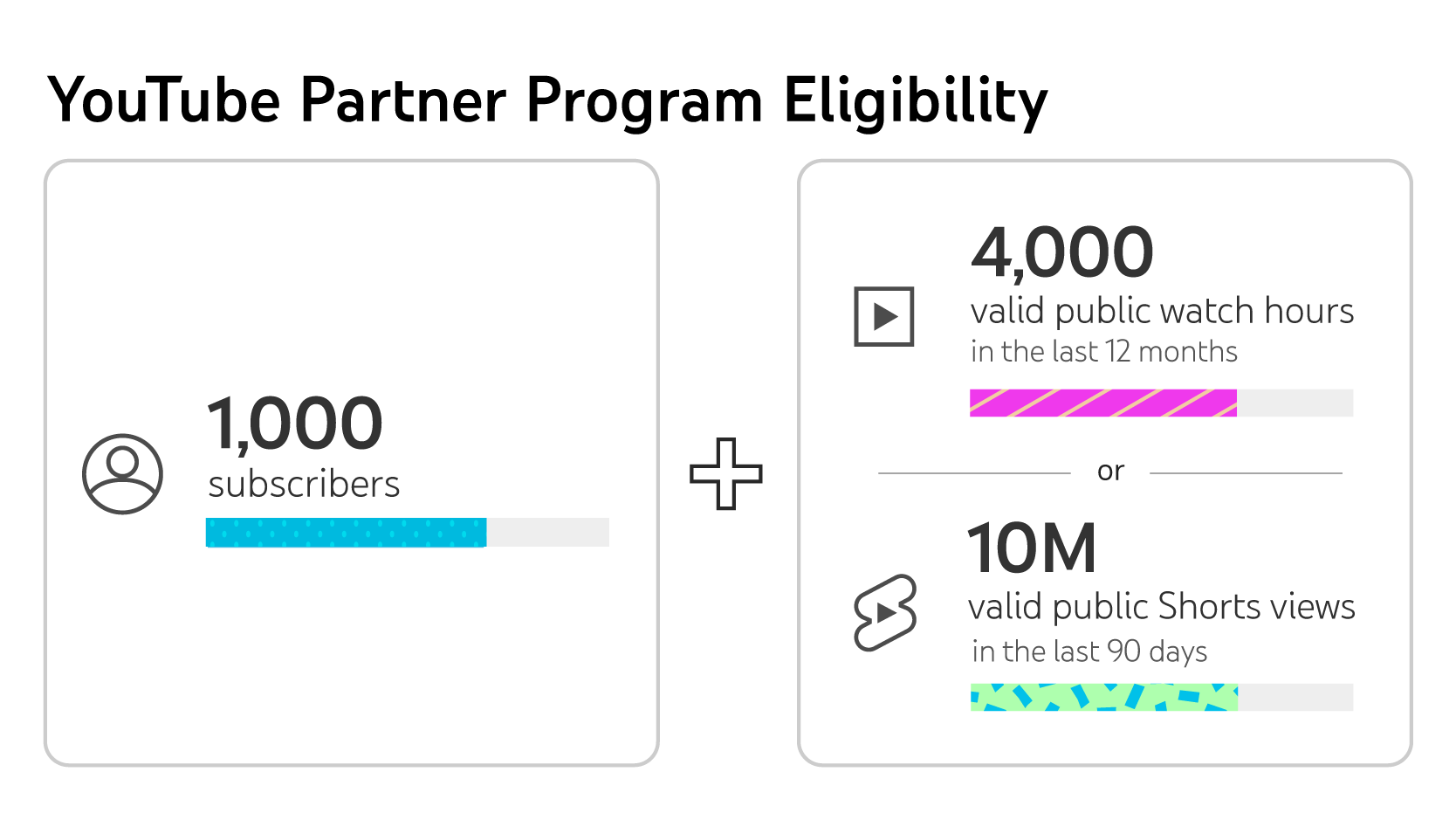



























 Source:
Source: 

![Best Mobile App Monetization Strategies in 2022 [Unique Guide]](https://www.codefuel.com/wp-content/uploads/2014/09/app-monetization.jpg)
